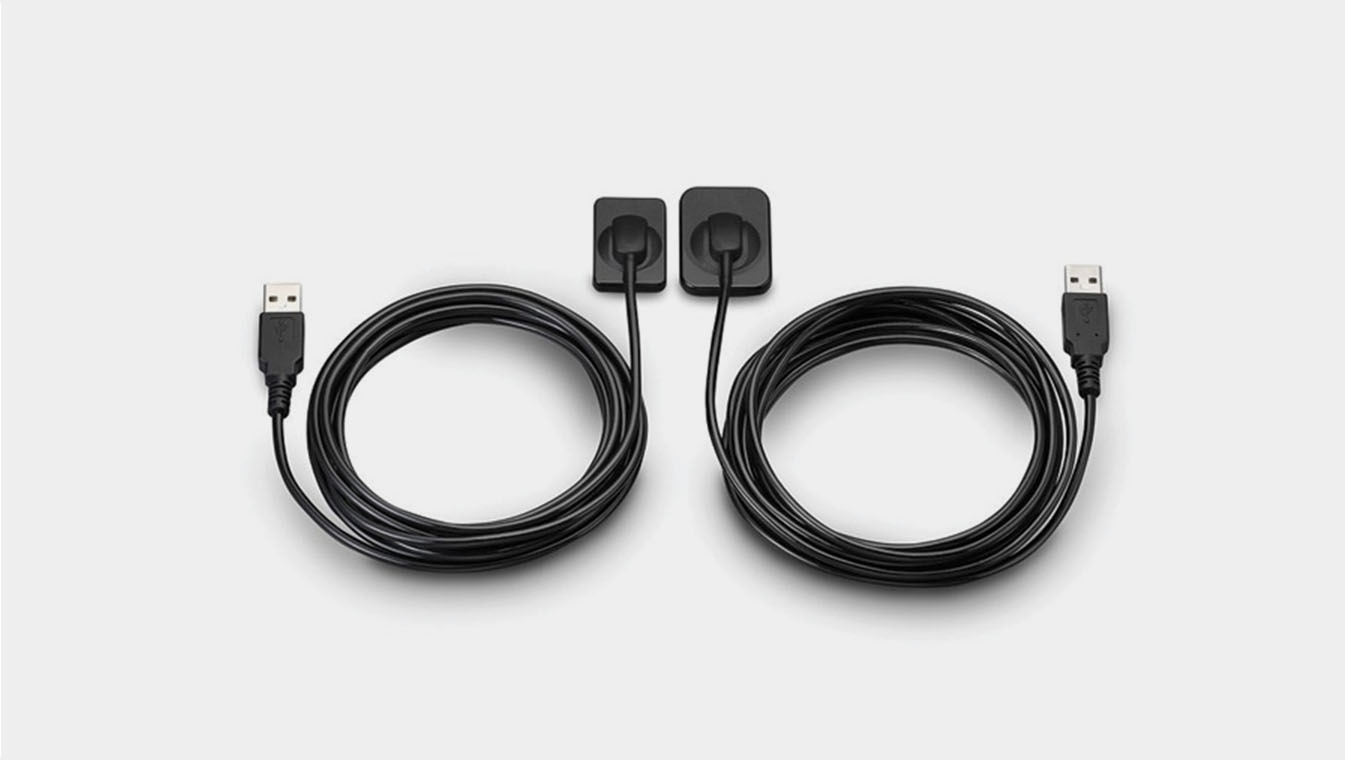the dental clinic
Dr. Rahul Shah
Dr. Deanna Lue
Dr. Janine Koutsaris
4869 Dundas St W
Suite 201, Toronto ON
M9A 1B2
(416) 233 9581
info@thedentalclinic.ca
Dental x-rays, also referred to as radiographs, are an important part in all areas of dentistry. As a result, the dental clinic has invested in modern digital x-ray technology in order to provide our patients with the best in diagnostic imaging abilities.
In order to prepare a dental treatment plan, dental x-rays are often needed to confirm a diagnosis or confirm treatment of a dental issue. Dental x-rays are also used to monitor oral health and prevent dental issues from progressing to a much larger problem later. When your dental hygienist performs your dental hygiene cleaning, x-rays help to show where calculus or tartar buildup is located. This is especially helpful for buildup that is located between teeth and under the gums where it is not visible to the eye. Diagnosis of dental pain or infections also rely on dental x-rays in order to pinpoint the affected areas. Pain may initially occur in one area but can radiate out and affect nearby areas. Dental x-rays can help to locate a point of origin.
Your dental professional may use one or more different types of dental x-rays in order to properly assess and diagnose an issue. Most dental x-rays are smaller in size and provide a close-up view of the teeth. These type of x-rays are referred to as bitewing x-rays and periapical x-rays. Our office uses digital x-rays which reduce radiation exposure. Dental x-rays are necessary to help diagnose things such as decay, abscesses, gum disease, wisdom tooth issues, or anything not visible under the gums. We follow strict x-ray guidelines in order to reduce exposure, and use protective lead lined aprons with thyroid collars and modern digital x-ray equipment.
Another important type of dental x-ray is called a Panorex image. This type of image gives an overall view of the mouth and supporting structures.
These dental x-rays are helpful when monitoring the eruption of teeth into the mouth, especially wisdom teeth. They are helpful when showing the position of teeth in relation to each other and to dental nerves in the mouth as well. These are helpful when certain teeth need to be extracted.
One of the major benefits of digital x-rays over traditional x-rays, is the reduction of radiation that is produced when taking dental x-rays. While traditional dental x-rays have always produced small amounts of radiation, with modern digital x-rays, radiation exposure is reduced to as much as 90{fa6ef670f2e4cbfe1939a8b28cd0b2f8bbc1e3a1caf6a537ff4b892170efa6f3}. These digital x-rays result in a shorter exposure time when taking the x-ray, which in turn results in less radiation being produced.
the dental clinic follows the ALARA principle which stands for As Low As Reasonably Achievable. This means that we will only take x-rays when needed, to ensure that our patients are exposed to as low levels of radiation as possible. Our digital x-ray technology helps us to uphold this principle.

Another benefit of digital x-ray technology are the imaging enhancements. These enhancements allow things such as contrast, brightness, sharpness and more to be adjusted. This allows for greater diagnostic ability and in some cases, the ability to notice potential dental issues in the very beginning stages.
Digital x-rays also allow your dentist to superimpose newly taken digital x-rays and compare them to previously taken digital x-rays. This is helpful when monitoring changes in bone levels in the jaw or when looking for newly formed issues such as dental decay or infections.
We understand that our patients may have concerns about dental x-rays and the associated radiation that comes with them. Our modern digital x-ray technology and strict adherence to the ALARA principle, allow us to keep your oral health and overall health in mind at all times.
Contact us now: (416) 233-9581